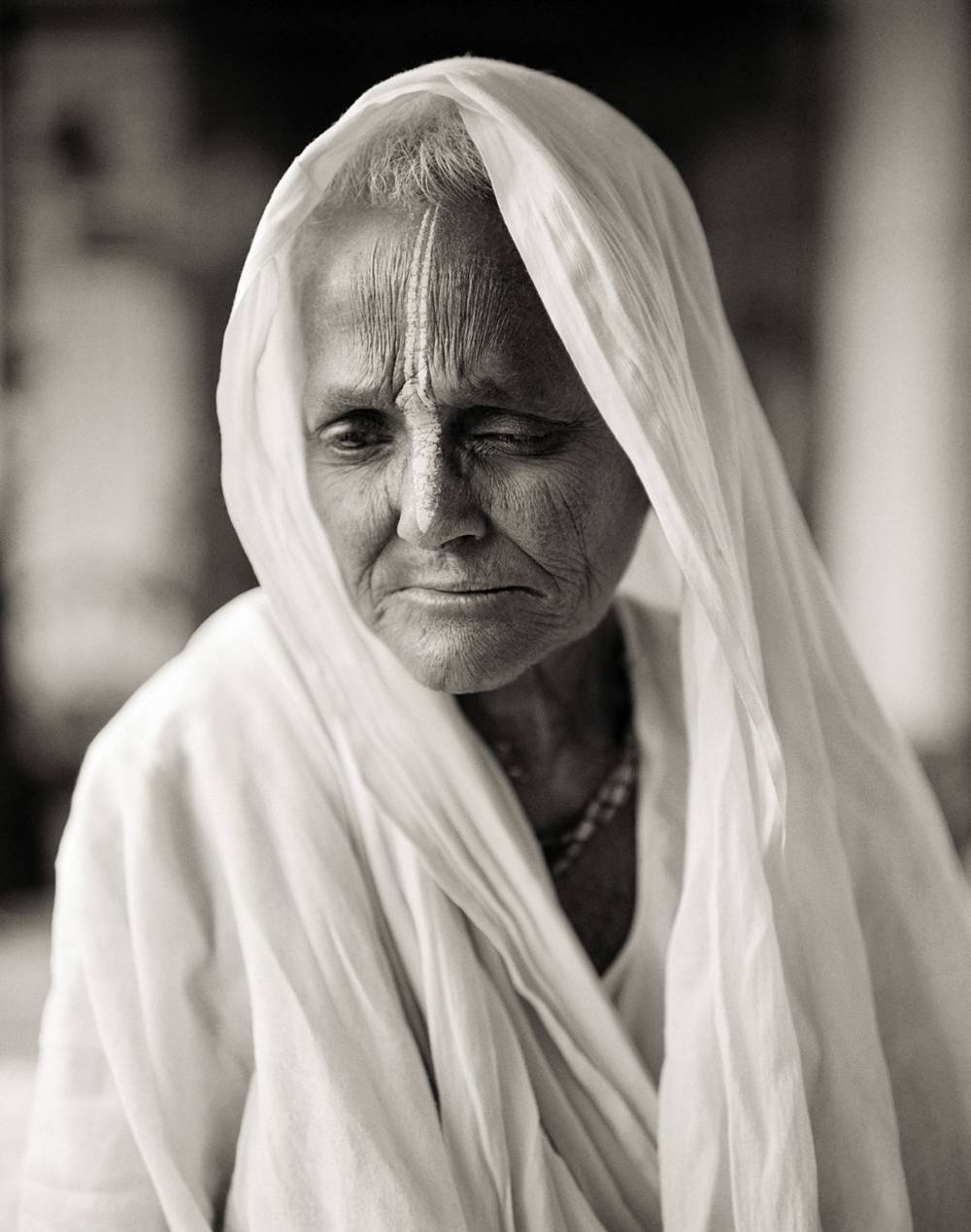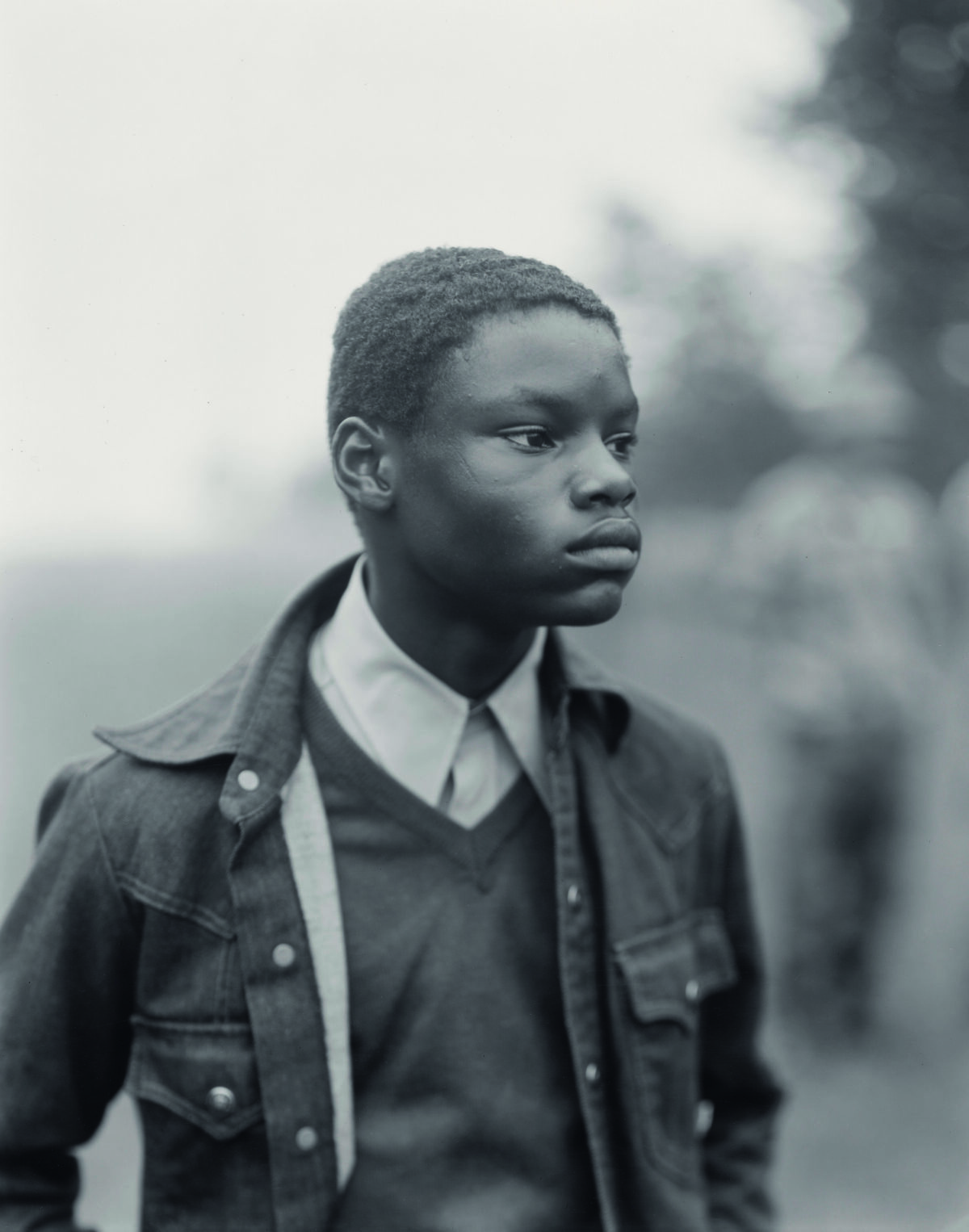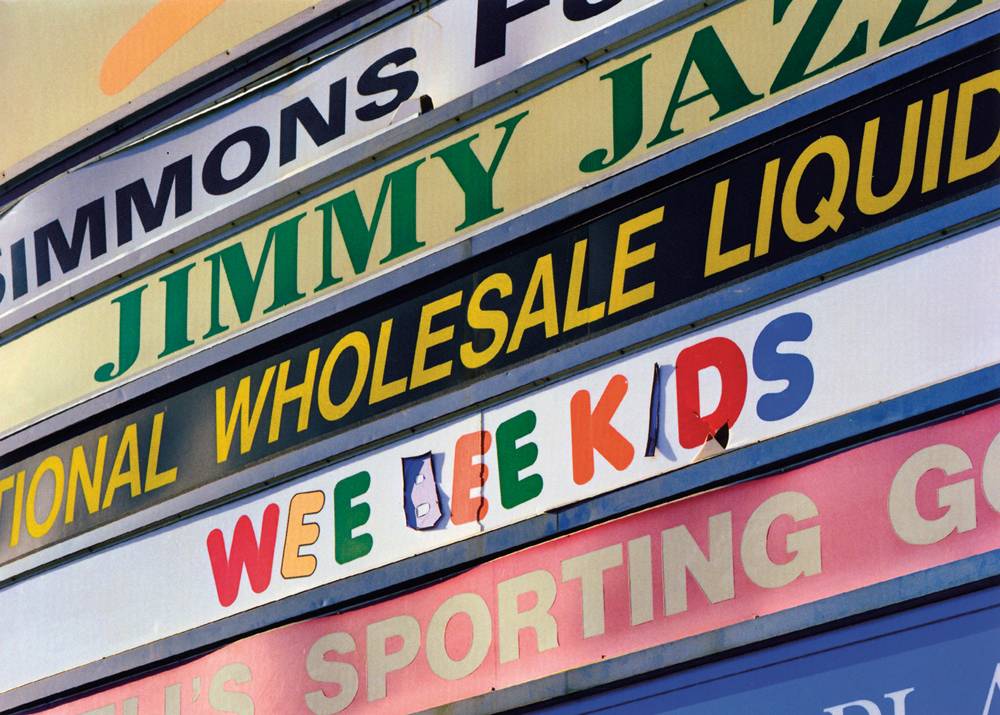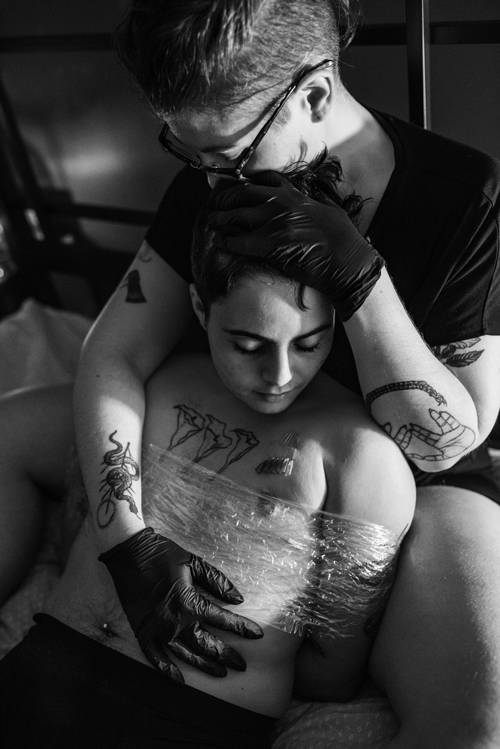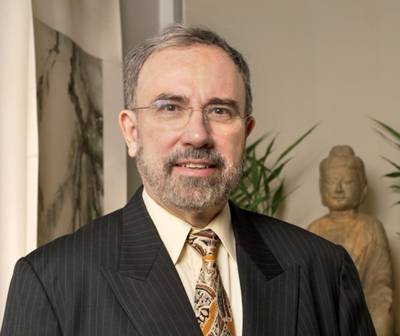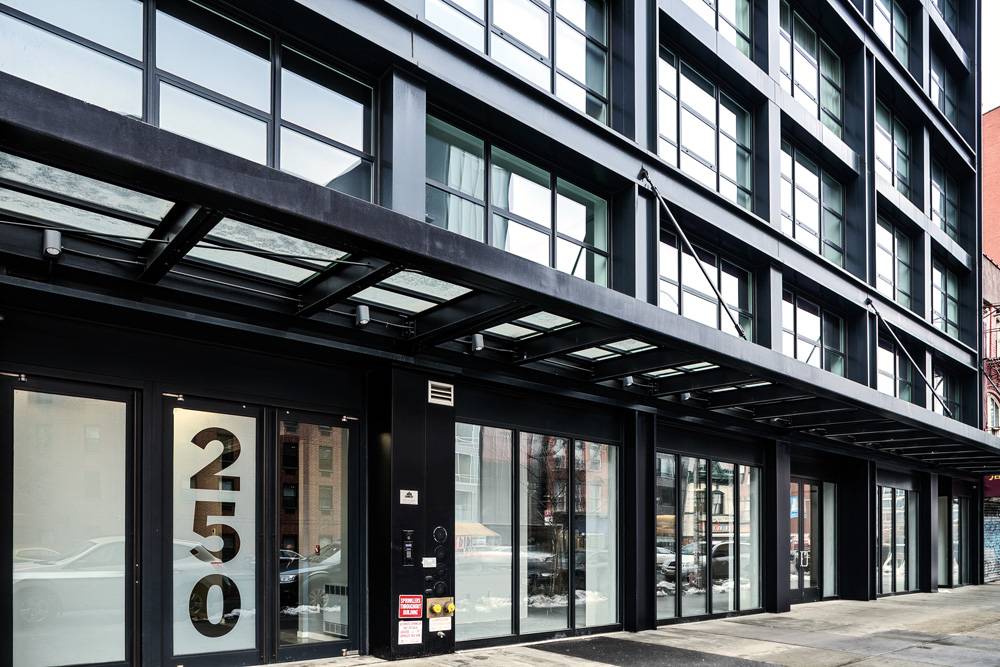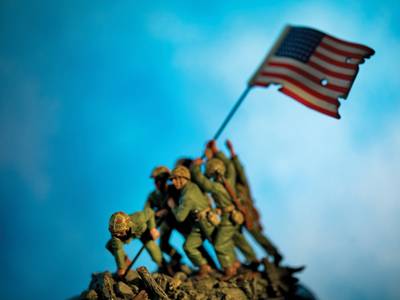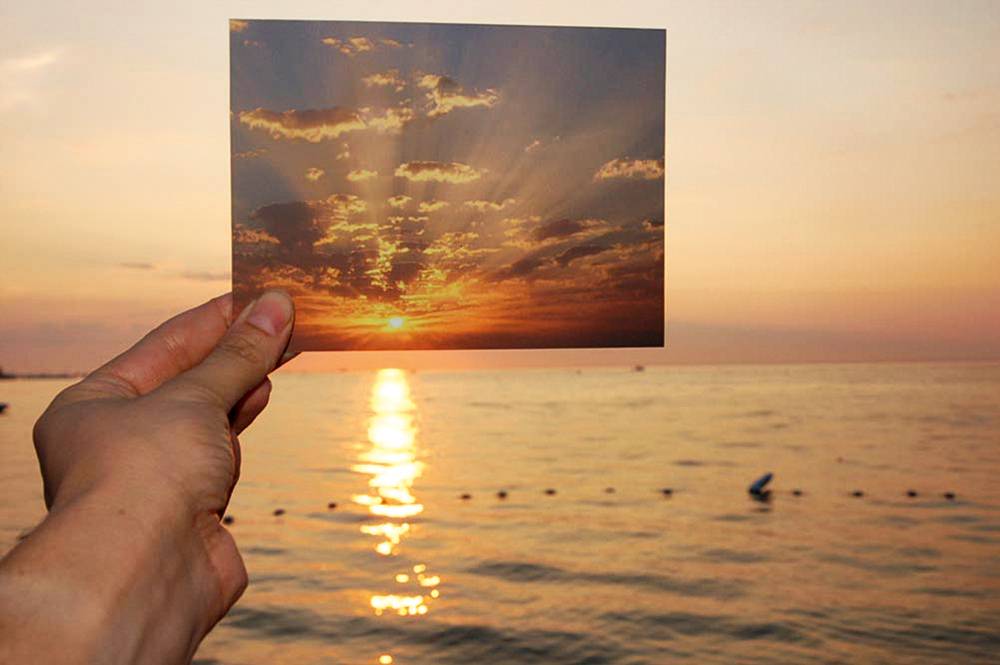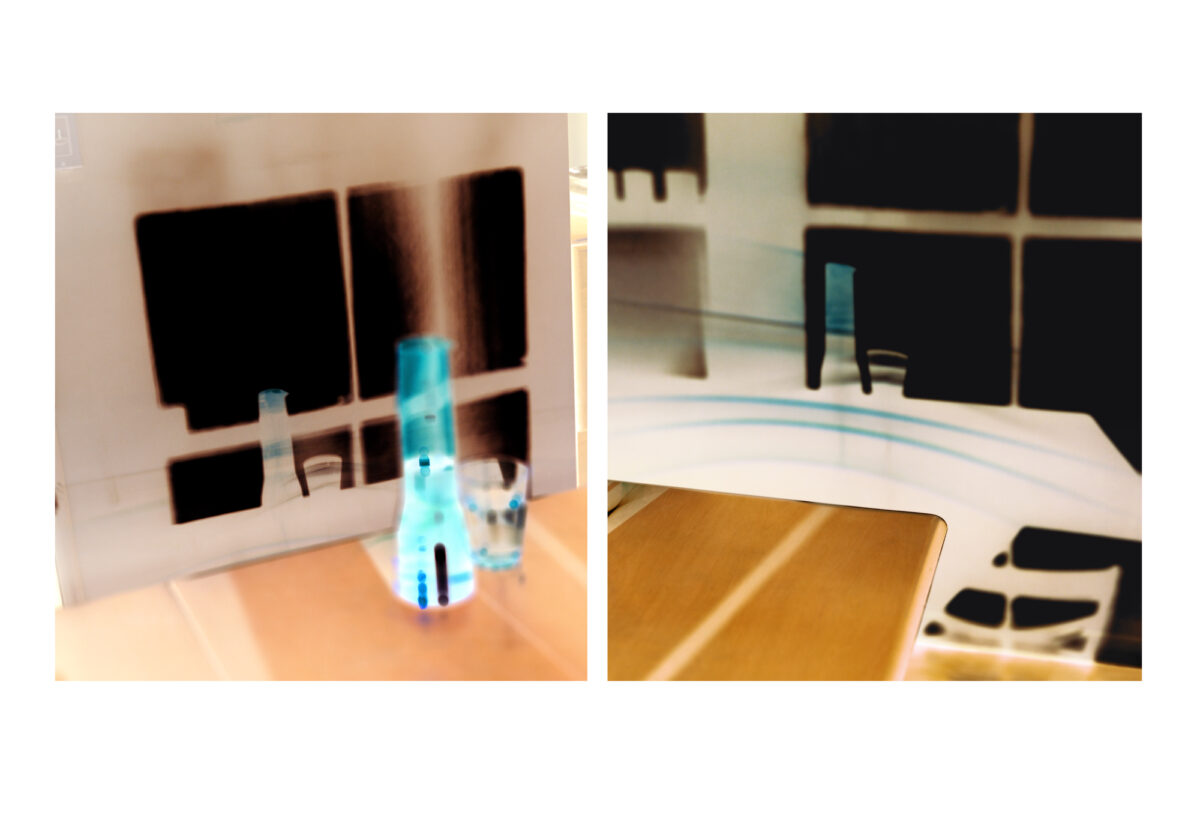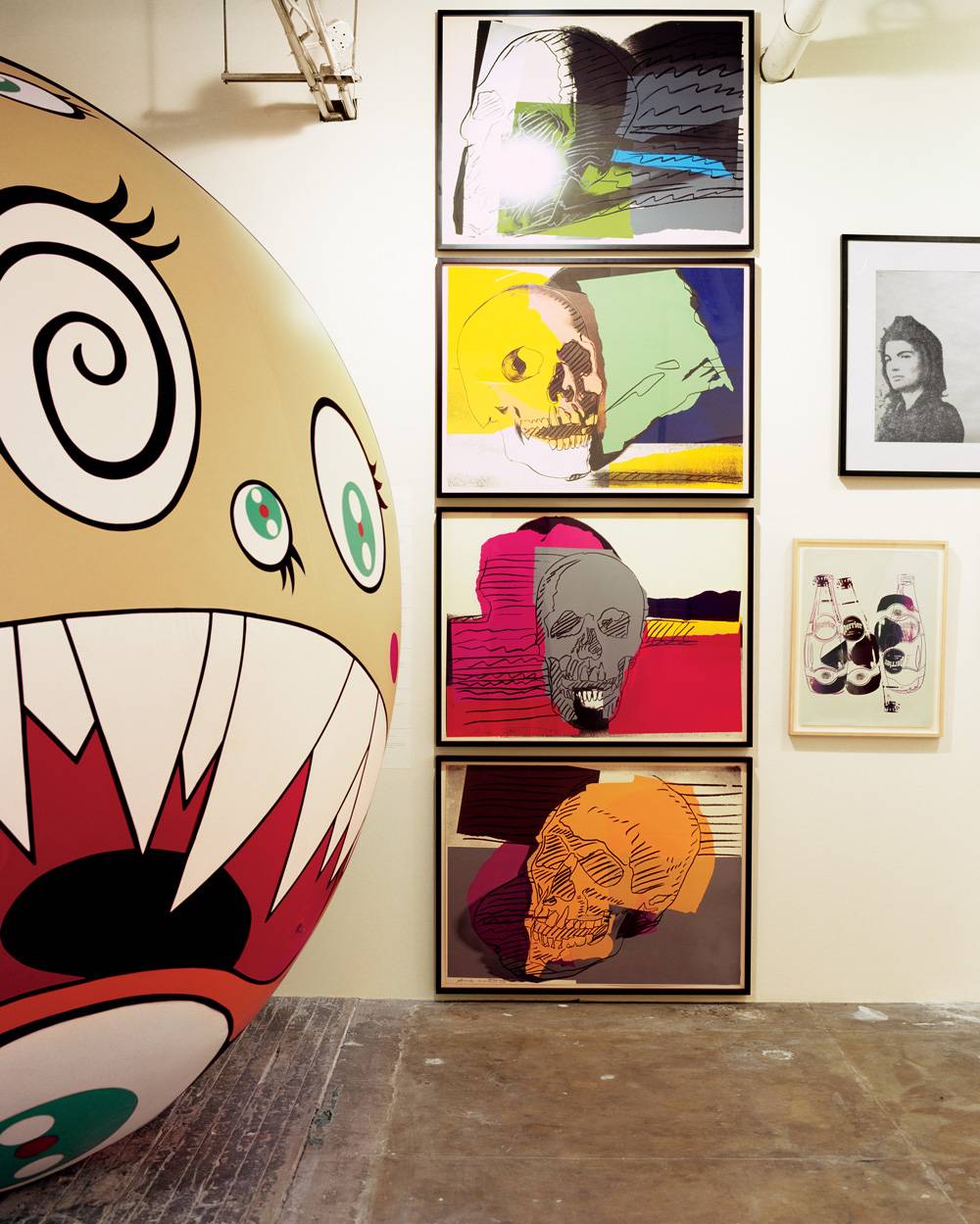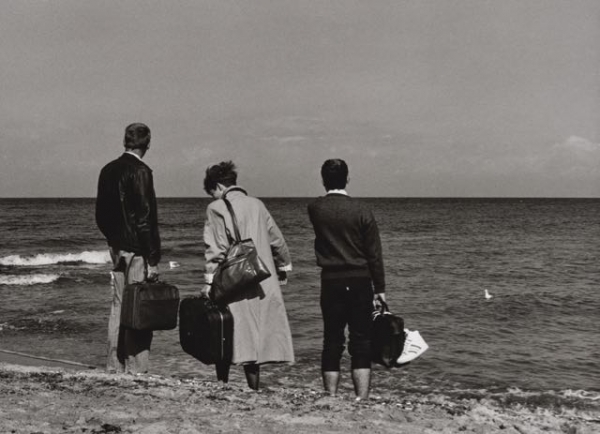

In the 1970s, a young East German urban planner, Ulrich Wüst, began documenting the expansion of prefabricated housing and its dehumanizing effects. It turned out that photography became his aesthetic salvation from the oppressive totalitarian regime, and he has been making pictures ever since. Wüst’s intelligent observations include urban landscapes, portraits, and the vernacular object, and his candid snapshots illuminated public and private life behind the iron curtain.
Wüst primarily photographed for himself, outside of the state’s watchful eye. To archive his prolific collection of images, he favored an accordion-style journal called the leporello, a form usually associated with Ed Ruscha (Every Building on the Sunset Strip, for example). For this exhibition, on view at the MIT Museum through January 3, 2016, the museum’s Gary Van Zante thoughtfully curated 81 prints in tandem with ten journals to illustrate Wüst’s artistic evolution. Wüst relied almost exclusively on 35mm black-and-white film, and his straightforward approach achieves poetic visual balance and a formal symmetry that recalls Walker Evans and Berenice Abbott. This is especially evident in his photographs of urban centers like Berlin. The predominant physical presence of prefabricated housing depersonalizes and diminishes everything else, particularly people. In the early 1980s, he got his hands on a pocket camera, making it even easier to photograph candidly at parties and nightclubs, in apartments and through shop windows. The resulting grainy snapshots of everyday life testify to the uncertainties in the decade leading up to reunification. One photograph of a storefront window shows a portrait of GDR leader Erich Honecker propped between several ailing houseplants. It takes a moment to realize there is nothing for sale beyond official dogma.
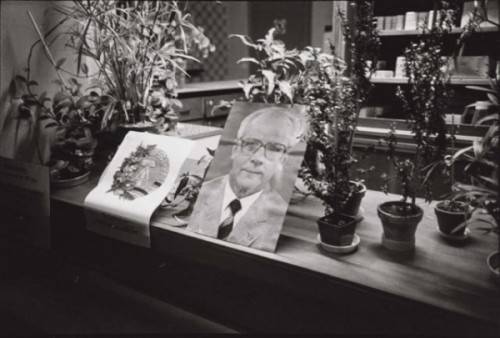

In the summer months before the fall of the Berlin Wall in 1989, Wüst’s aesthetic became bolder and more humorous. In one group of photographs combining role-play with the promise of reunification, friends hold suitcases and gaze out at the open sea. Decades later, access to reliable color materials freed his work even further. In his most recent leporello from 2011, he took new compositional liberties, placing abstractions alongside out-of-focus screens shots. The work feels like a stroll beside a confident and unfettered soul.


